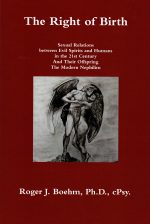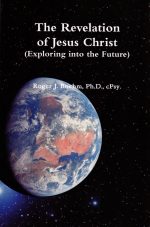What was the Setting of Jesus Birth? We don’t know for certain because the Bible does not specifically answer this question. However, using the Bible we can consider where Jesus might have been born.
Tradition tells us that Jesus was born in a stable. That claim is based on the fact that, at His birth, Jesus was laid in a manger.
Luke 2:7, 12 And she gave birth to her firstborn son; and she wrapped Him in cloths, and laid Him in a manger… And this will be a sign for you: You will find a baby wrapped in cloths, and lying in a manger.
A manger was a type of feed trough for animals. Therefore, nativity scenes that depict a baby in a straw-filled feeding trough are generally biblically accurate. Since Jesus was “laid in a manger” (Luke 2:7) it is likely that there were animals nearby, as nativity scenes always depict. However, the Bible does not specifically tell us that there were animals or that His birth took place in a stable.
In the ancient world, as well as in primitive modern cultures, mangers are also found within the house itself. Animals were regularly kept in homes at night.
A House? So, a very credible and insightful theory, but one that is not widely discussed, is that Jesus was born in the lower level of a house. The Bible tells that Joseph took his betrothed wife Mary and traveled to Bethlehem, the city of their father David, to comply with the census that was required by Caesar Augustus (Luke 2:1). This would have been quite a hardship for Mary and Joseph — physically for Mary because of her pregnancy and financially for Joseph because they had very little money.
The Bible does not give any indication where they might have lodged, only that they were turned away from an inn because there was no room. Reasoning would suggest that Joseph and Mary might have sought lodging with a relative in Bethlehem. Remember they had little money. We should also consider that their travel to Bethlehem was likely to have very been slow because of Mary’s condition — close to a full term pregnancy. Therefore, if they went to the home of a relative, it could have already been filled with other relatives who were also there to comply with the census, or there may have been another reason which we shall discuss in a future blog in this series.
Historically we are told that a few small animals were housed inside the house in one of the ground floor rooms. Here, animals, as well as tools and agricultural produce were stored. Additionally, food was prepared and possibly consumed in this area. Family sleeping quarters were on the second floor (an upper room). By being inside, the animals were protected from the elements and theft. In addition, their presence provided body heat for cool nights, access to milk for the daily meal and dung as a critical fuel source. Even today dried dung is used as a fuel in India for making food in a domestic hearth called a Chulha. Don’t be surprised as dried cow dung was also used by the early settlers to heat their homes on the American prairie where there were few if any trees.
Excavations in Israel have uncovered numerous archaeological remains within domestic structures which represent ancient mangers. Some are carved, but most are stone built. Wooden mangers, of course, have not survived in the archaeological record.
Consequently, it’s possible that Mary and Joseph did not find space in the living quarters of the ancestral family home. Instead, they stayed downstairs in the domestic stable, still within the ancestral home, where a manger or two was located. Here they would be visited by the shepherds.





